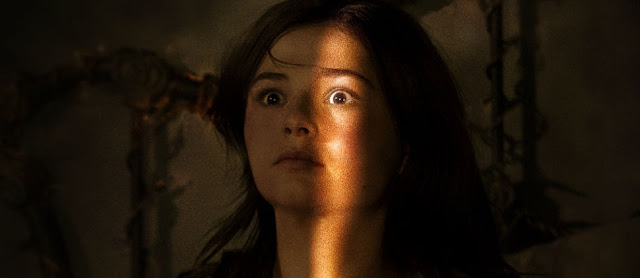A few days ago, within the Montreal Jazz festival, I had the opportunity to attend For the Record: Baz Luhrmann in Concert, a wonderfully entertaining musical tribute centering around four of the director's films: Strictly Ballroom (92) , Romeo + Juliet (96), Moulin Rouge! (01) and The Great Gatsby (13). And as a matter of fact, I also happened
to see For the Record last year. At that time, their show joyfully
celebrated the works of Quentin Tarantino.
Baz Luhrmann is an Australian filmmaker known for often choosing great
and tragic love stories, from the likes of Shakespeare and Fitzgerald,
and transforming them into high-voltage cinema. Shoving into them as
much jazzy music, lively colors and over-the-top acting as possible.
Tarantino is also a post-modern director. He is mostly known for known
for glamorizing violence and mixing genres. But it's his very inspired
dialogues and original musical choices that earned him For the Record's
attention.
The troop is composed of about half a dozen costumed performers, coming
all the way from Los Angeles. They deliver a well balanced mix of
singing, dancing and acting. All while being accompanied by musicians
placed at the back of the stage. Some are better dancers or singers than
the others, but their parts in the shows are attributed accordingly.
Similarities between the movies are used to switch from one set of
characters to another, but often while keeping the same song. For
instance, "Stuck in the Middle With You" is played out as a duet between a criminal and a sitting victim, covering scenes from both Reservoir Dogs (92) and Pulp Fiction (94) at the same time. And while most songs are very upbeat and meant to maintain a cheerful atmosphere, some sequences lean a lot heavier on emotional content. In fact, I can recall being moved to the brink of tears by their rendering of "Over the Love" from Luhrmann's The Great Gatsby (13).
Though I will admit I was a lot more familiar with Mr. Tarantino's
filmography, I genuinely loved both shows, and I can't really say which
was my favorite. One doesn't need to have seen all the films to appreciate the shows, they stand strong on their own. But their hard work seems to shine more if you really know where they're coming from.

















